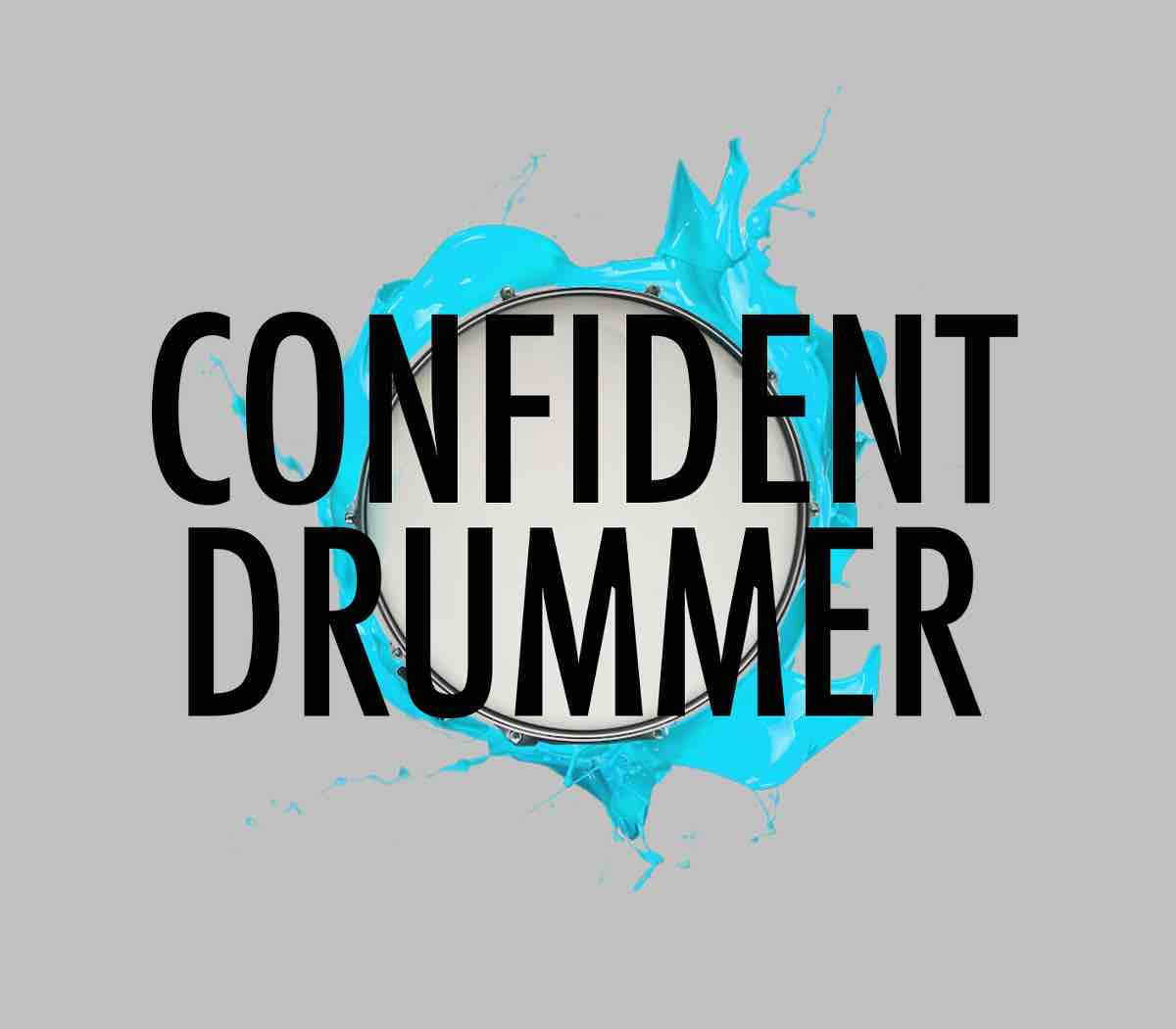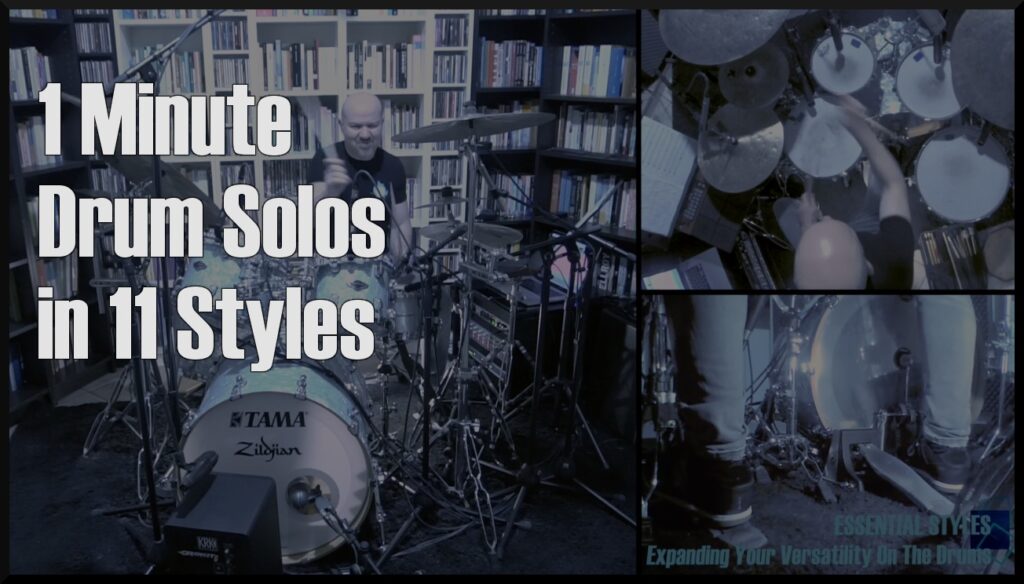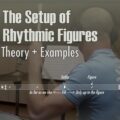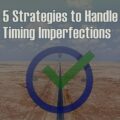An essential step in studying drumming is to improvise using the material we are working on. To test what we have learned and make our playing spontaneous and fluid, nothing is as effective as improvisation.
It is no coincidence that one of the main abilities of the best drummers lies precisely in their great improvisational skills.
Once we have spent some time working on various techniques, exercises, grooves and phrases, if we want to take things to the next level it’s essential to try performing rhythms and fills freely, in the form of brief solos, so as to filter and automate what has been learned.
As a matter of fact, we can think of all improvisation as soloing.
However, as explained in ‘Unmusical vs Musical Drum Solo‘, it’s not about playing a bunch of licks randomly.
When we play a solo and when we improvise, it has to be meaningful. The whole point of making music is to convey a message and to express something interesting.
So here are a few tips on how to work on developing a drum solo while improvising:
- Think in terms of 4, 8 or 16 bar blocks. Always arrange what you are playing within a musical form.
- Tell a story: a beginning and an end, tension and release, wide range of intense emotions, build ups, sudden variations and so on.
- Use dynamics.
- Use orchestrations of the same idea.
- Play around recurring elements.
- Use call and response between various ideas.
- Try different tempos.
- Try different lengths: 1, 3, 5, 10 minutes.
- Try different styles.
- Keep practicing until things start happening automatically, without thinking.
- Try not to overplay 😉
All this can be done both with and without a metronome, and both with and without music (for instance you can play along with loops). We can start with a few minutes a day and end up devoting up to half of our practice sessions to improvisation.
To illustrate the above points, I have recorded a bunch of short solos in different styles, ranging from Pop/Rock to Funk, Hip-Hop, Jazz, AfroCuban, Electronic and even Small Percussions, covering 11 different music contexts.
These are unedited, spontaneous, in the moment performances. What I do is try to stick to the vocabulary of each style, while developing a few ideas within a basic song form.
Click below to check out the YouTube video demo:
The first thing you may want to do is to watch them and identify the ways in which I attempt to incorporate the elements described. Then the challenge is to try do to the same, in the styles you are familiar with, and record yourself and listen back until you like what you hear.
It can be hard at the beginning but it’s very rewarding when you start seeing results. And this is a powerful shortcut to improve your musicianship, really fast.
These solos are part of the video demonstrations included in the course ‘Essential Styles – Expanding Your Versatility On The Drums‘, of which you can download a free PDF excerpt here:
Related resources:
Unmusical vs Musical Drum Solo
Music Equals One Divided By Ego
The Four Parts Of Drumming – A New Understanding To Help You Improve Faster





















